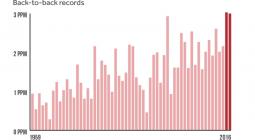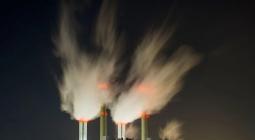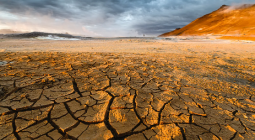ASK SARA: 'Why have carbon dioxide levels risen and fallen in the past?'
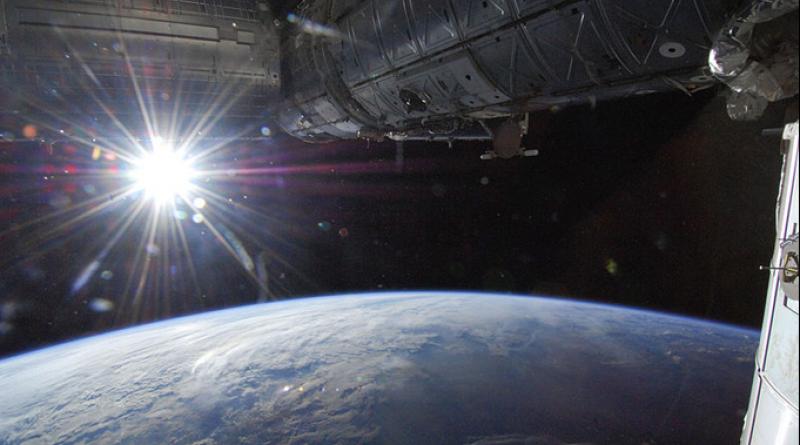
'Why have carbon dioxide levels risen and fallen in the past?'
Dear readers,
This is not the column I planned to publish this month. I wrote another one several weeks ago in answer to a reader’s question about tourism in Europe. As you might imagine, that column was swiftly rendered out of date, becoming nothing more than a time capsule of life before COVID-19 became a global pandemic.
Like many of you, I have spent recent weeks feeling disoriented and worried. I am also full of gratitude for the health workers and scientists who are fighting this disease on our behalf. Let’s help them by – to the extent possible – following the recommendations of trusted experts such as the World Health Organization.
I am wishing good health to each one of you.
Sara
Dear Sara,
I have a question about a chart and seek an expert’s opinion:
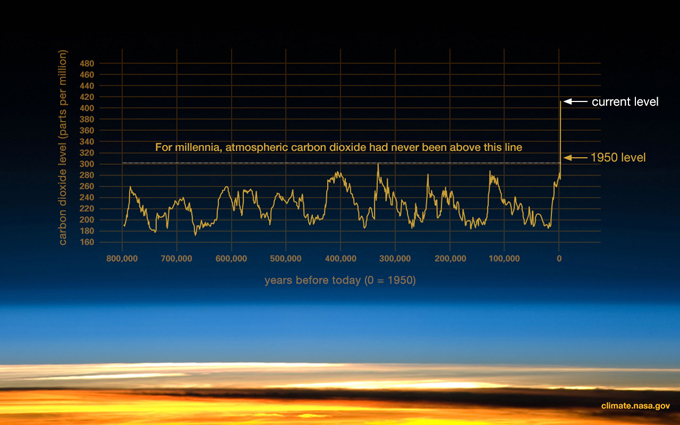
What is the cause of the more-or-less regular rising and falling pattern from the start until quite recently?
– A.W.
Great question. This chart shows the levels of the heat-trapping gas carbon dioxide gradually rising and falling during the past 800,000 years, until recent decades when carbon dioxide levels shot up far higher than in the past.
Scientists are still studying the reasons for that natural rise and fall. But one well-understood factor is small changes to Earth’s orbit and the tilt of its axis. These tiny wobbles, caused by the gravitational tugs of the sun, moon, Saturn, and Jupiter, can slightly alter the amount of sunlight reaching our planet. A small alteration in the amount of energy reaching Earth’s surface can initiate changes to the climate that unfold over thousands of years.
For example, a small amount of additional sunlight reaching the Earth can cause a slight warming of the oceans. That in turn causes the oceans to release carbon dioxide to the atmosphere, much like a warm soda will bubble faster than a cold one. Because carbon dioxide traps heat, releasing it to the atmosphere causes the oceans to warm even more, which spurs the oceans to release additional carbon dioxide, and so on in a self-reinforcing cycle.
The same process can also work in reverse. At the beginning of past ice ages, the oceans cooled slightly, increasing their potential to absorb carbon dioxide from the atmosphere, which led to more cooling. In addition, a 2019 study in the research journal Science Advances found evidence that as glaciers scraped the land, iron dust blown from the soil may have “fertilized” the ocean, boosting the growth of microscopic plants called phytoplankton, which then absorbed additional carbon dioxide.
The present-day sharp rise in carbon dioxide, of course, has a different cause: human beings, who are releasing the gas to the atmosphere when we burn coal, oil, and natural gas.
Has anyone considered changes in the planet or universe as contributing to our climate change? Has the Earth’s orbit changed, i.e., is it closer or farther away from the sun?
– P.T.
The short answer is that yes, scientists have considered such changes – and ruled them out as the causes of the warming measured in the past 70 years or so.
If you’re looking for reading material to pass the time during this era of COVID-19-induced social distancing, you’ll find a fascinating history of these efforts in “The Discovery of Global Warming,” by science historian Spencer Weart. Weart’s book, also available in downloadable PDFs, tells the incredible story of the scientists who, as early as the 1800s, were working to explain the causes of Earth’s periodic ice ages. Their research led to a better understanding of our planet’s climate system and the eventual discovery that people were warming the climate.
As I wrote in the answer to the previous question, tiny changes in Earth’s orbit and the tilt of its axis can nudge our planet into and out of ice ages. But those small changes are not responsible for present-day warming. As Texas Tech climate scientist Katharine Hayhoe explains in a video on this subject, “If we look at Earth’s history, we see that warming after the last ice age peaked about 6,000-8,000 years ago. Since then, the Earth’s temperature has been very slowly, gradually decreasing, on a long slide into the next ice age.” Sometime in the next few thousand years, Hayhoe explains, the Earth would have entered a new ice age – except that it was interrupted by the recent abrupt warming.
What’s more, Hayhoe explains, all of the other possible natural causes of global warming, such as volcanoes and the sun, have been examined and ruled out. Only one explanation remains: By adding heat-trapping gases to the atmosphere, human beings are warming the planet.
– Sara
YALE CLIMATE CONNECTIONS

